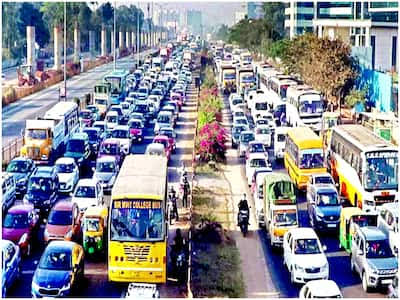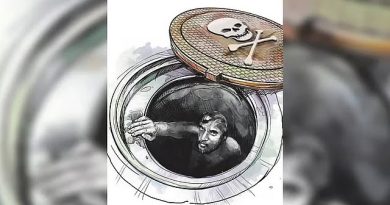Policy Missteps Worsen Bengaluru’s Traffic Woes
BM TEAM
Bengaluru’s traffic crisis continues to deepen, as a series of recent government decisions appear to contradict earlier promises to prioritise public transport.
In its 2023 election manifesto, the Congress party pledged to increase public transport’s modal share from 55% to 70%. However, key policy moves since then—including fare hikes for buses and the Metro, a ban on bike taxis, and the prioritisation of tunnel road projects over mass transit initiatives —undermine that commitment.
Although the government launched the Shakti scheme on June 11, 2023, allowing women to travel for free in non-AC buses, this progressive move was followed by a statewide 15% fare hike across all state-run transport corporations, including the Bengaluru Metropolitan Transport Corporation (BMTC), effective January 5, 2025. Meanwhile, BMTC’’s fleet has stagnated at 6,835 buses—far short of its five-year target of 10,000.
Not long after, the Bengaluru Metro Rail Corporation Limited (BMRCL), a joint venture between the state and central governments, announced a steep Metro fare increase of up to 71% in February 2025. Compounding public frustration, BMRCL has kept its Fare Fixation Report confidential and denied RTI requests seeking transparency on the matter.
The result: more Bengalureans are turning to private transport. The city now has 1.24 crore registered vehicles, including 83.5 lakh two-wheelers and 25.6 lakh car’s figures that further strain the city’s already-congested roads.
Critics argue that without a clear, consistent commitment to public transit investment and affordability, Bengaluru risks entrenching its traffic challenges for years to come.




